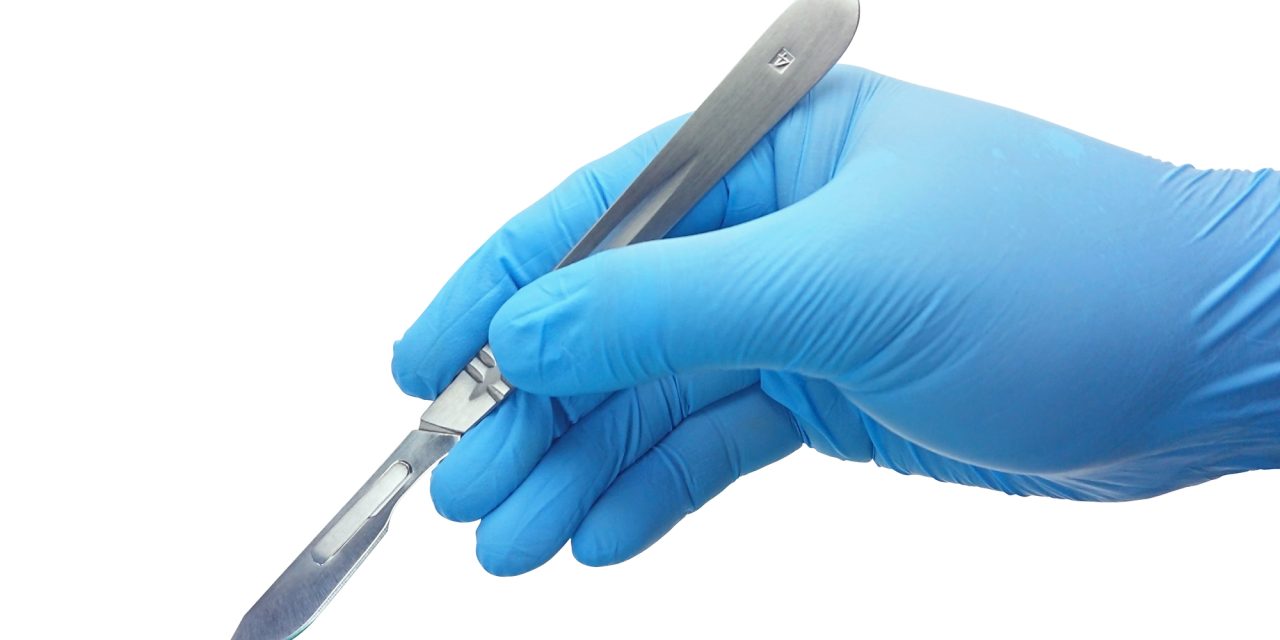Heterotopic ossification (HO) is a possible complication of distal biceps tendon repair (DBTR). Several agents can prevent HO formation, although relatively few studies have investigated prophylaxis specifically after DBTR. The purposes of this study were to survey members of the American Shoulder and Elbow Surgeons (ASES) to determine (1) what percentage use HO prophylaxis after DBTR; (2) type, dosage, and duration of prophylaxis used; and (3) use of single-incision or double-incision surgical technique. An anonymous electronic survey was distributed to ASES members to determine the use of HO prophylaxis and DBTR technique. The survey included questions regarding the number of DBTRs performed annually; preferred surgical technique and implants; and type, dosage, and duration of HO prophylaxis used before, during, and after surgery. Descriptive statistics were used to analyze the results. Of 173 respondents, 98 (56.6%) performed 1 to 10 DBTRs per year, 65 (37.6%) performed 11 to 25 DBTRs per year, and 10 (5.8%) performed 26 to 50 DBTRs per year. A total of 131 (75.7%) preferred the single-incision technique, whereas 42 (24.3%) preferred the double-incision technique. A total of 94 (54.3%) performed DBTR using a metal button and interference screw, 35 (20.2%) through drill holes, 25 (14.5%) with suture anchors, and 19 (11.0%) with a metal button alone. A total of 132 (76.3%) respondents did not use HO prophylaxis, and 41 (23.7%) used nonsteroidal anti-inflammatory drugs following surgery. A total of 35 (85.4%) used indomethacin, 18 (51.4%) of whom preferred 75 mg/d for 3 to 4 weeks. Heterotopic ossification is a commonly reported complication following DBTR, especially with the double-incision technique. Prophylaxis with anti-inflammatory medications and suppressive modalities (radiation therapy) appear to reduce the incidence of HO. Despite these data, most surgeons (76.3%) do not use HO prophylaxis. Low annual volume of cases, lack of large-volume studies with outcome data, and the dominant use of the single-incision repair technique may explain this. [. 2021;44(4):e588-e592.].
Prophylaxis for Heterotopic Ossification Following Distal Biceps Tendon Repair.


